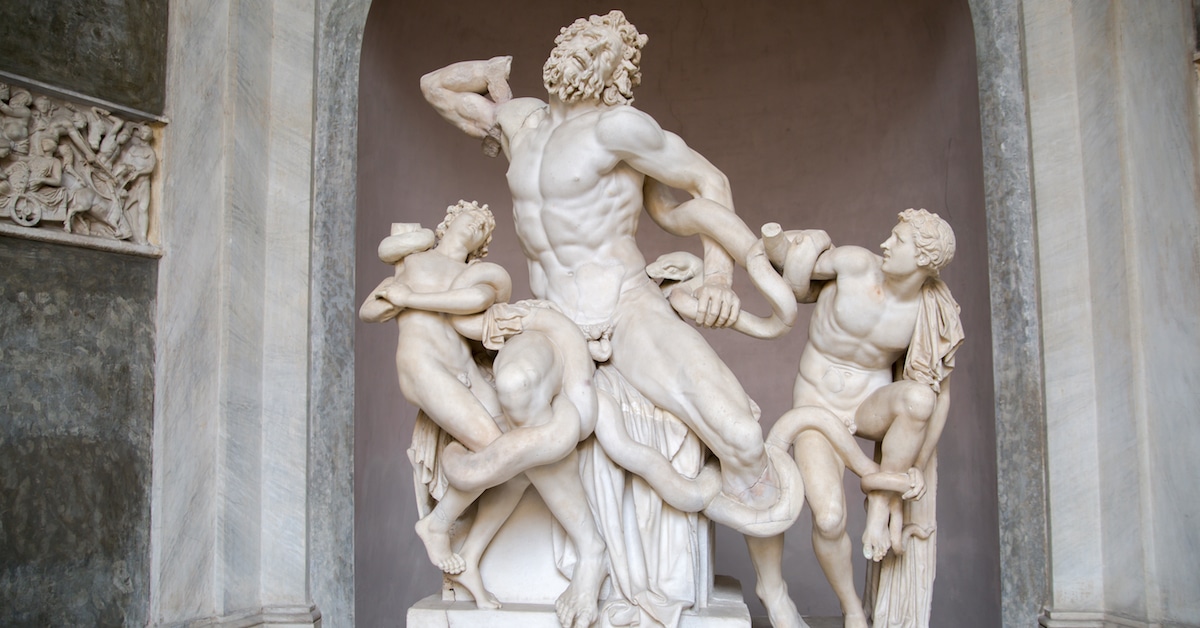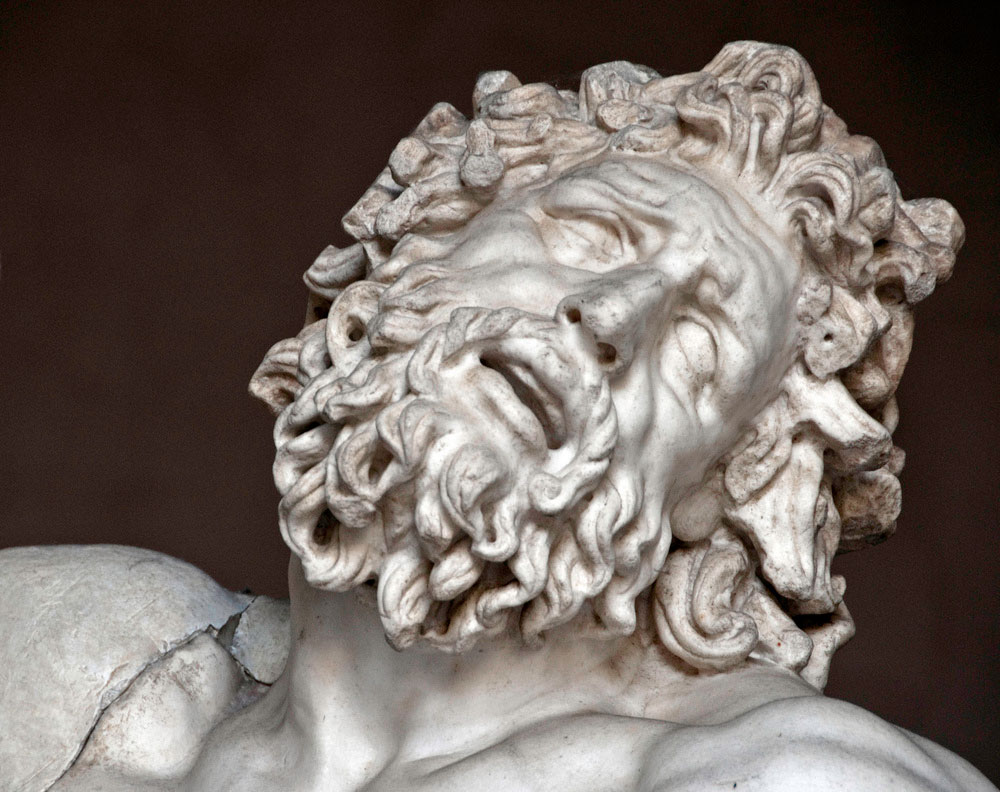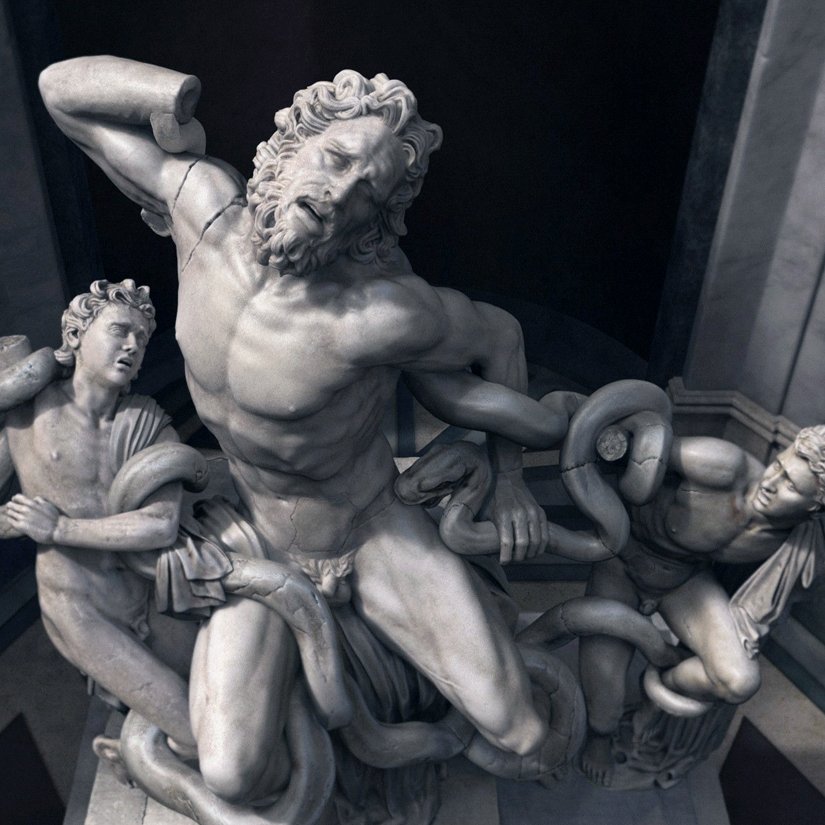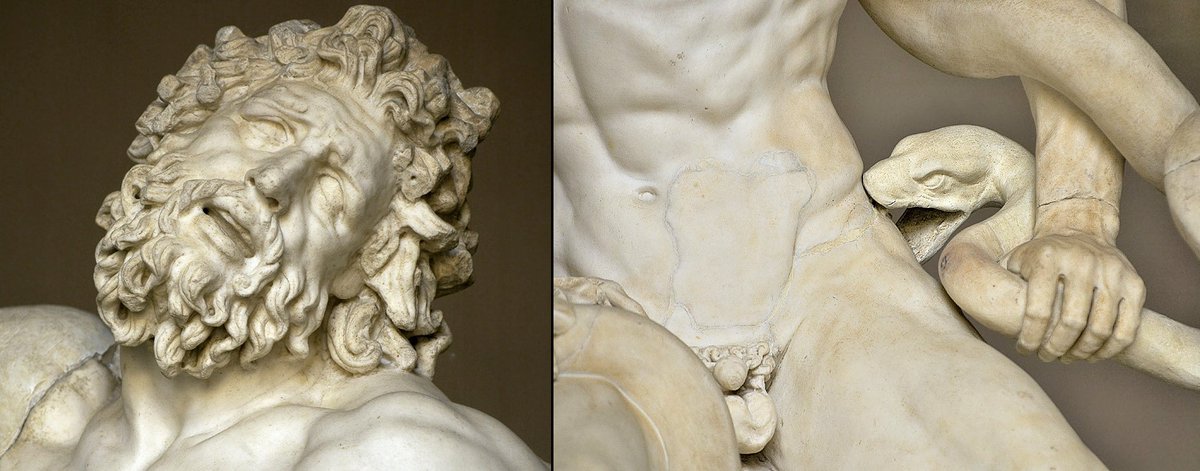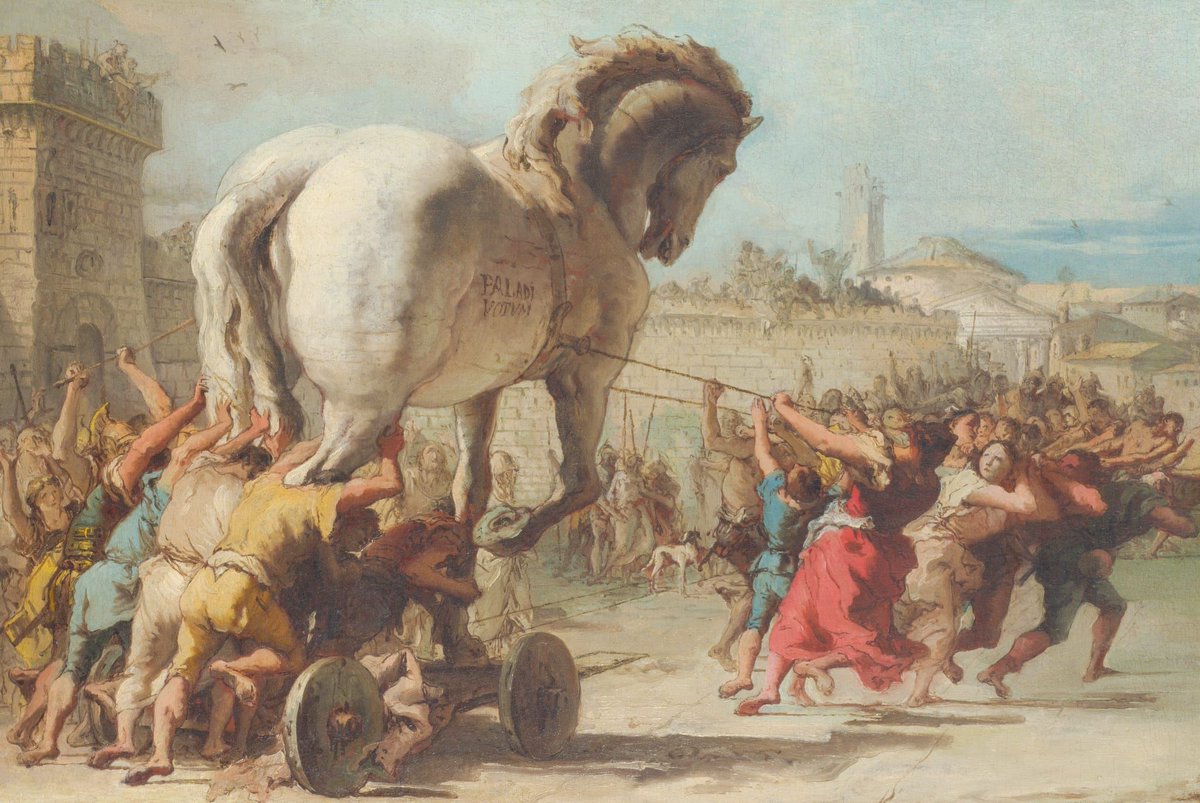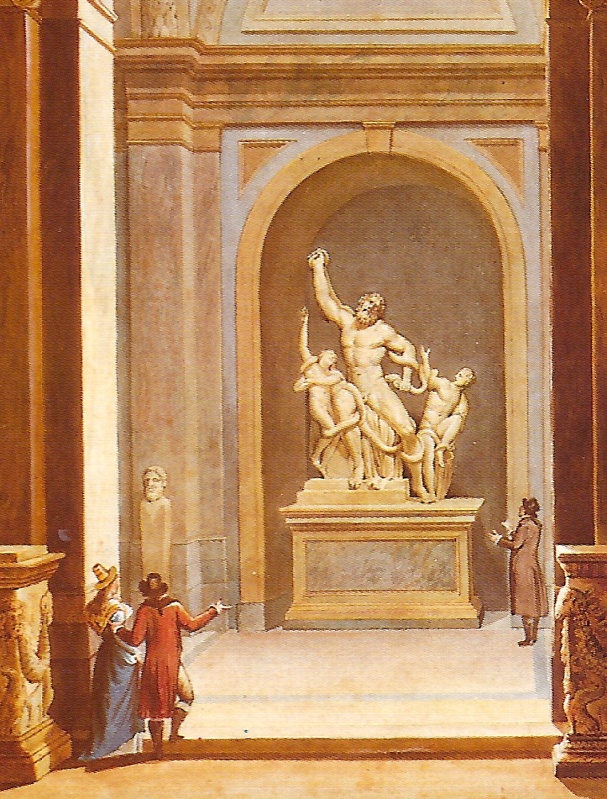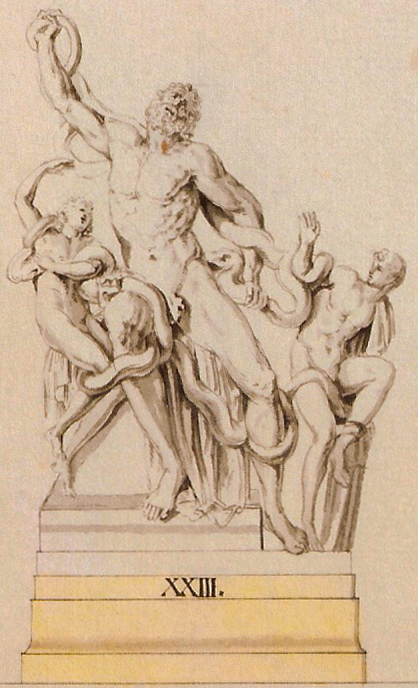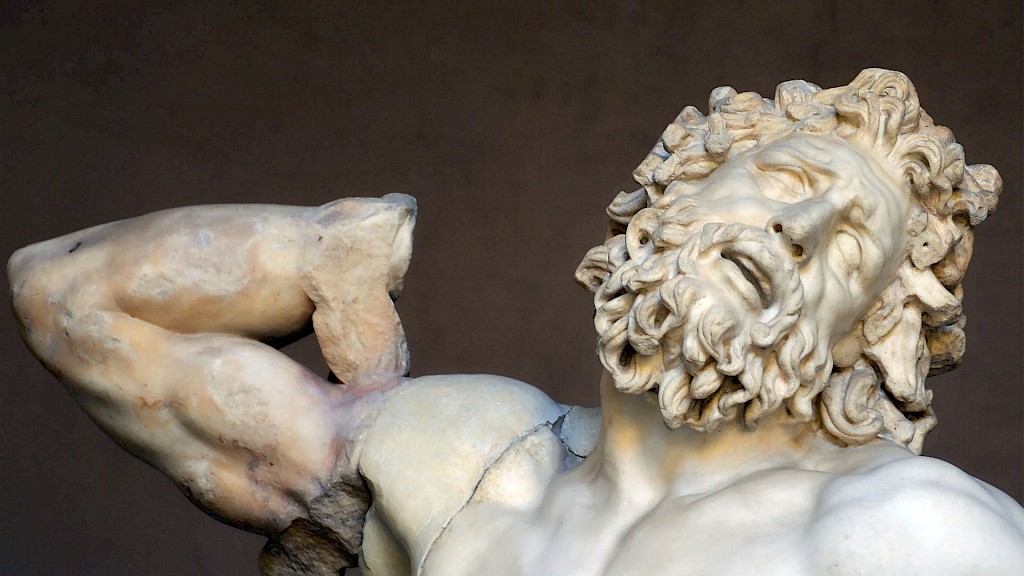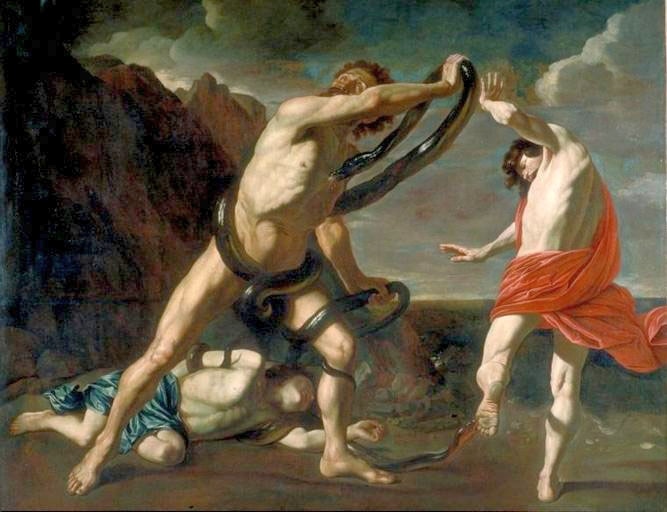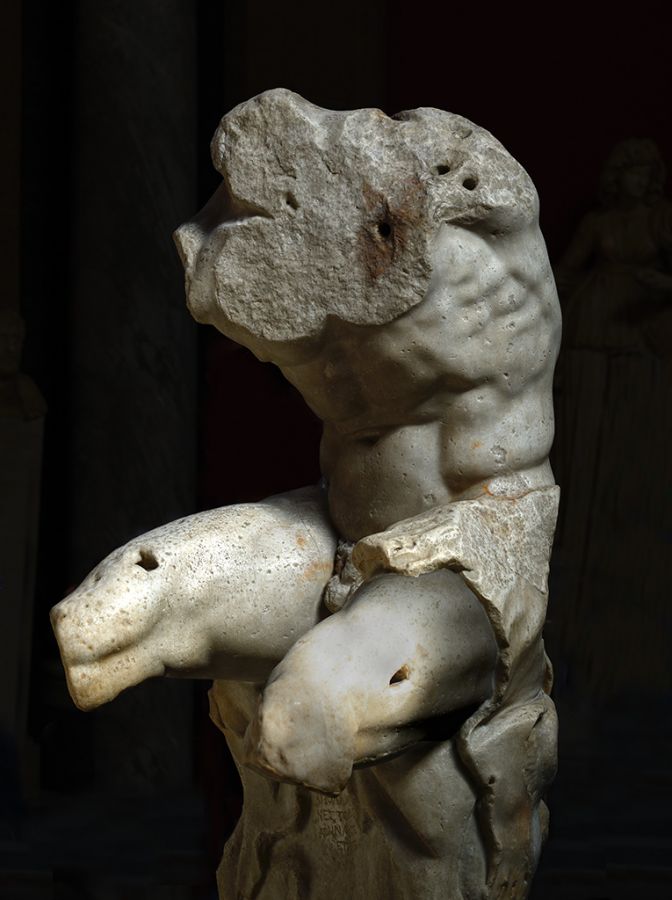Classical Artwork of the Week  - Laocoön and His Sons
- Laocoön and His Sons
(1/8) The statue of Laocoön and His Sons is one of the most famous works to survive from antiquity. It depicts the life-size Trojan priest Laocoön attempting to save his sons Antiphantes and Thymbraeus from sea serpents.
 - Laocoön and His Sons
- Laocoön and His Sons(1/8) The statue of Laocoön and His Sons is one of the most famous works to survive from antiquity. It depicts the life-size Trojan priest Laocoön attempting to save his sons Antiphantes and Thymbraeus from sea serpents.
(2/8) Incredibly, this is almost certainly the same sculpture observed by Pliny the Elder in the palace of Titus in the 1st century CE. Whilst its exact date of creation is unknown, Pliny attributes it to three Greek sculptors from Rhodes: Agesander, Athenodoros and Polydorus.
(3/8) Undeniably, it is a masterpiece of Hellenic art. Indeed, Pliny describes it as:
'...a work to be preferred to all that the arts of painting and sculpture have produced.'
'...a work to be preferred to all that the arts of painting and sculpture have produced.'
(4/8) Produced in the Hellenistic "Pergamene baroque" tradition, the Laocoön Group is unique to ancient art as it solely depicts suffering and agony. Unlike later Christian art, Laocoön's pain does not bring redemption and offers no moral lesson.
(5/8) Laocoön's story stems from the Greek Epic Cycle, however Homer does not mention him. His tale was preserved by a now lost Sophocles tragedy, and our account comes from Vergil's Aeneid. A priest of Poseidon, he is killed for attempting to expose the ruse of the Trojan horse.
(6/8) Discovered in February 1506 in Rome, Pope Julius II acquired it by March and held it in the Vatican. A base was added in 1511, and it remained in Rome until 1798 when Napoleon had it moved to France. By 1816 however, following Napoleon's defeat, it was returned to Rome.
(7/8) Several restorations and repairs have been made on the Laocoön Group. His right arm missing, replacements were made in 1511 and 1532 until in 1906, Ludwig Pollak discovered a similar arm in a builder's yard in Rome. Remarkably, it was the original and a perfect fit!
(8/8) The statue of Laocoön has been immensely influential on European art since its discovery, inspiring the works of Michelangelo, Raphael and Bandinelli to name a few. Seen as an 'ideal of art', Laocoön's suffering has undoubtedly shaped the creativity of European culture.
Laocoön and His Sons currently resides in the Vatican Museum, Vatican City.
#Classics #ClassicsTwitter #ClassicalArt #Art #Laocoön #Vatican #Pope #Rome #History #AncientHistory
#Classics #ClassicsTwitter #ClassicalArt #Art #Laocoön #Vatican #Pope #Rome #History #AncientHistory

 Read on Twitter
Read on Twitter